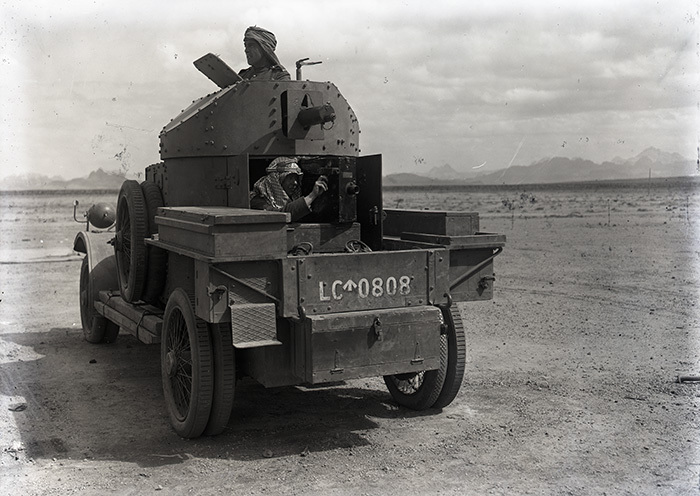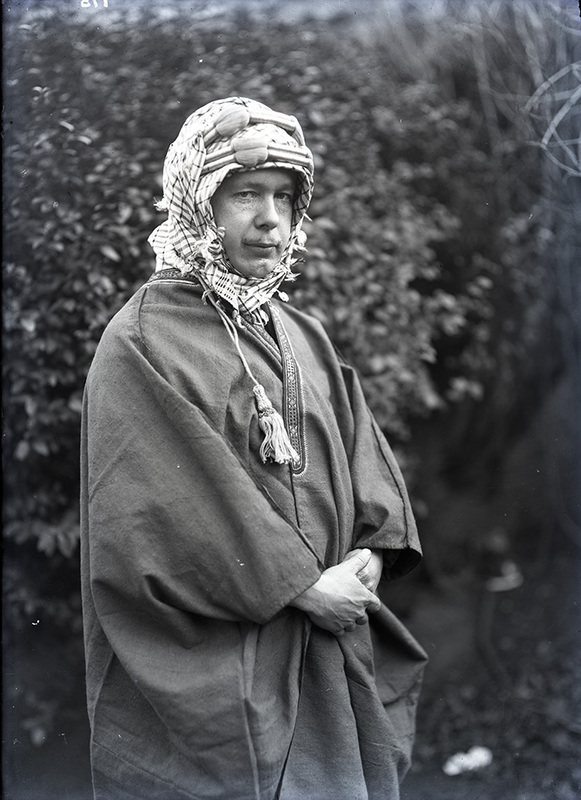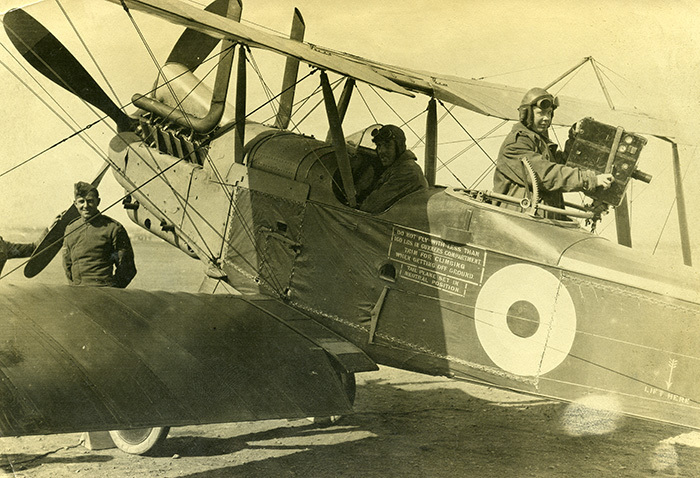
Harry Alonzo Chase was born in 1883 to a family of meager means in East Orange, New Jersey. Despite his rather short life, Chase had many remarkable accomplishments in his ambitious endeavors that pushed the limits of the technology of his era. By the age of 37 he had already obtained 20 years of travel experience in which he journeyed more than 259,000 miles around the world.
A self-made man, Chase seems to have begun his remarkable career working with lecturer and travelogue pioneer Frank Roberson. After Roberson's death, his equipment and materials were purchased by a young Princeton lecturer named Lowell Thomas who hired Chase in his effort to make a series of lectures on Alaska for the US Department of the Interior. With the United States' entrance into the war in 1917, Chase found himself accompanying Thomas to Europe and the Middle East where he took thousands of images captured on glass plate negatives as well as thousands of feet of motion picture film. To accomplish this feat, Thomas and Chase had to haul thousands of pounds of equipment across England, Italy, Greece and the deserts of the Middle East. All of the material Chase captured had to be transported by pack animal, car, train, and boat to the United States where it was assembled into Thomas's travelogues.
Chase was also an artistic talent and technical innovator whose contributions captivated Thomas s audience. His skill as a projectionist was readily apparent to the millions who attended “With Allenby in Palestine and Lawrence in Arabia.” The show's steel projection booth was specially designed and operated by Chase to project the lantern slides and film that Chase and Thomas collected. Not only did Chase project his beautiful photography but he developed special lighting and dissolving transition effects to accompany the show which delighted and enthralled audiences. Chase was also reportedly the first man in America to operate a cinema machine (an early motion picture projection device), and his motion pictures of Afghanistan were most likely the first ever taken — a groundbreaking feat that garnered him a fellowship from the Royal Geographical Society of Great Britain. Chase truly was the technical and artistic mastermind behind the still and motion pictures of the Lowell Thomas Travelogues.
The expert photographer was also a notoriously odd character. His blunt nature and working class etiquette sometimes drew concern from Thomas. A letter in the collection dated around 1920 instructs his employee on etiquette, table manners and general cleanliness. Mrs. Roberson herself described Mr. Chase as, “…the worst pessimist that we have ever known…” Thomas cites Chase's “ill-behaved liver,” lack of exercise, and absence of education as reasons for his demeanor and terms him “a grouch.” Chase's quite unique personality can be seen at certain points in the collection — such as a rather complete sequence of photos capturing two camels mating. Almost all of the images on display in this exhibit were taken by Chase during the latter stages of the First World War.
Marist University | Marist Archives & Special Collections | Contact Us





